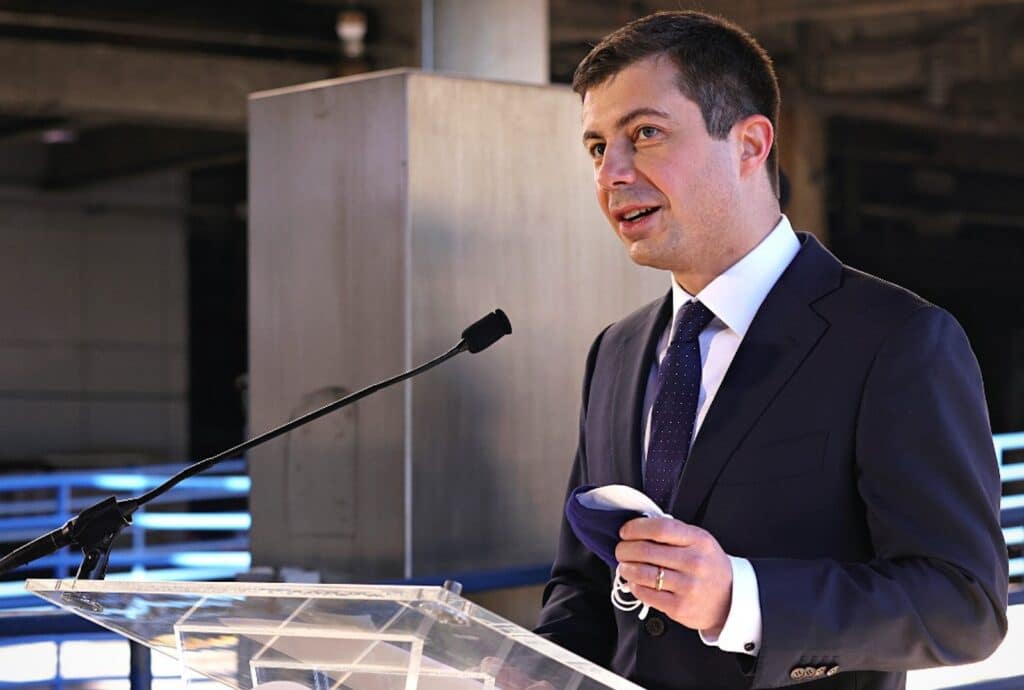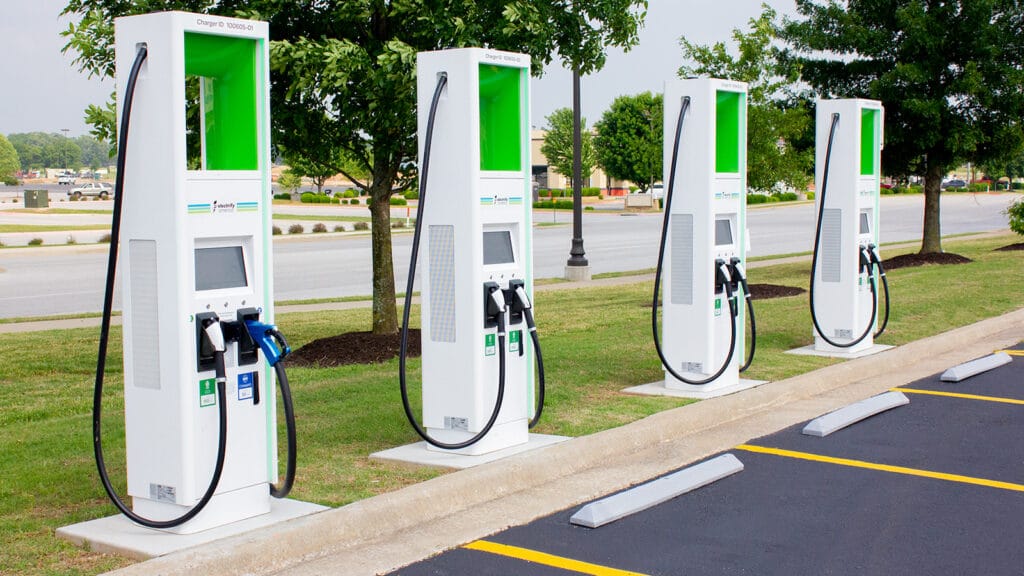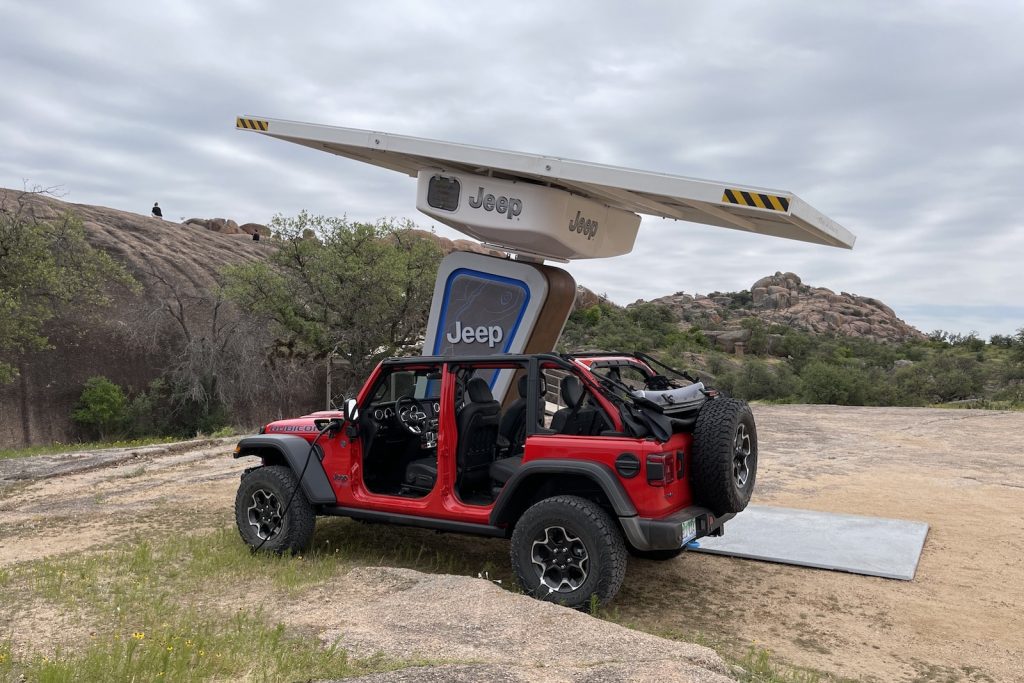The U.S. Department of Transportation revealed some prospective rules for the EV charging network that is part of the National Electric Vehicle Infrastructure Formula Program.

The program, dubbed NEVI, makes nearly $5 billion available during the next five years to, for example, begin building a national network of fast chargers. However, to qualify for the federal funding, certain rules must be met, and this is the first step in that process.
The minimum standards are designed to create the biggest bang for the buck by ensuring the network is “user-friendly, reliable, and accessible to all Americans.” It also lays the groundwork for workforce requirements for the projects, such as using union labor, meeting certain employment guidelines, etc.
“To support the transition to electric vehicles, we must build a national charging network that makes finding a charge as easy as filling up at a gas station,” said U.S. Transportation Secretary Pete Buttigieg. “These new ground rules will help create a network of EV chargers across the country that are convenient, affordable, reliable and accessible for all Americans.”
Moving forward

The funding is part of the target set by President Joe Biden last year to build 500,000 fast chargers across the U.S. in the next decade. Not a law as much as a stretch goal, the Notice of Proposed Rulemaking helps frame how the target can be hit.
The proposed requirements will help states as they develop their EV deployment plans in concert with the Joint Office of Energy and Transportation, which was established by the Bipartisan Infrastructure Law and is providing direct technical assistance and support to help states with the $5 billion National Electric Vehicle Infrastructure program.
“We’re tackling range anxiety and vehicle charging deserts by making sure that charging stations are easily and equally accessible, allowing every American can get coast to coast in an electric vehicle,” said U.S. Secretary of Energy Jennifer M. Granholm.
Some of the proposals require EV stations be able communicate and operate on the same software platforms. Any funded EV charging stations would be required to have at least four ports capable of simultaneously fast charging four EVs and bar charging stations from requiring drivers to have a membership to use them.

The stations would need to have safeguards in place to ensure that they are working 97% of the time and set data standards that third-party apps can provide real-time charging status information.
Building out a network
The governmental push to establish a charging network comes as several private companies are investing billions of dollars into the same goal. ChargePoint, EVgo, Electrify America and others have been pecking away at the issue.
They’re installing chargers across the country in some common sense places like parking lots of shopping centers or big box stores. They’re also setting up stand-alone stations with multiple plugs, just like a gas station as well.
There is no one plan, but several groups are scrambling to meet the needs. Even several automakers like General Motors and Porsche are working on stations. The best example of this is Tesla and its nationwide network of super chargers. However, it’s become abundantly clear the number of electric vehicles on U.S. roads are going to very quickly overwhelm the number of available fast charging stations in very short order.








The Feds can’t even get the Post Offices equipped with chargers for the damn mail trucks (and end up with 10 mpg monstrosities), but will equip the entire country with their open checkbook (linked to our account).
Yep, keep voting Democrat!